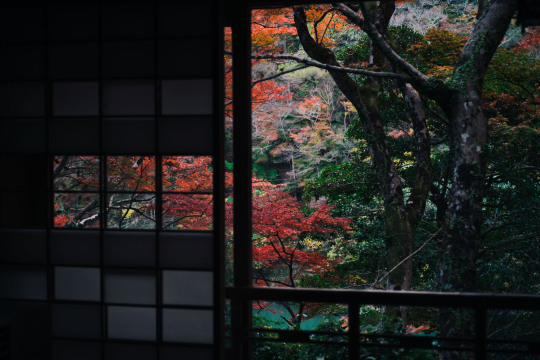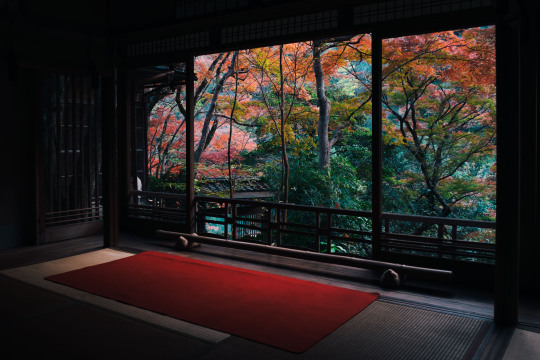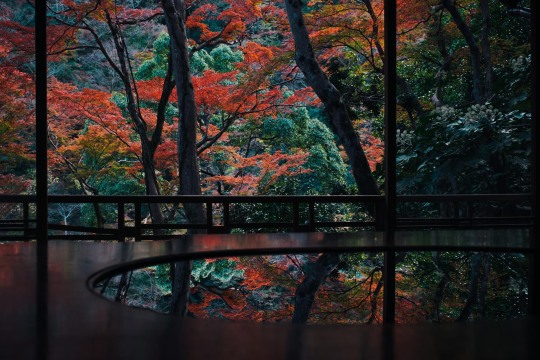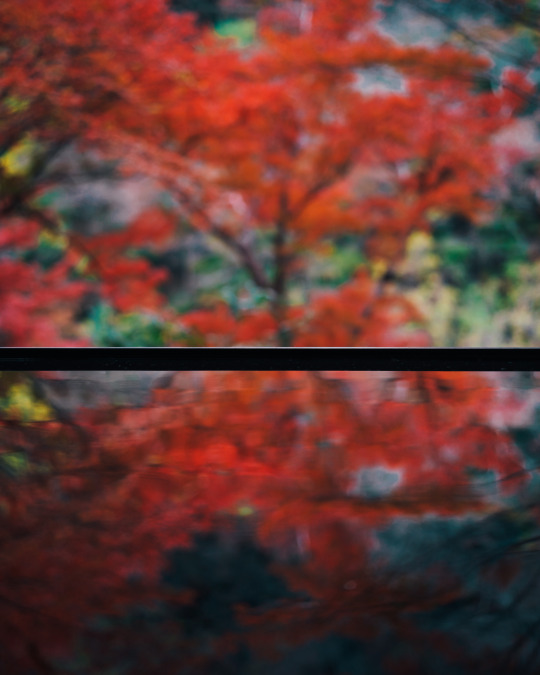ceramics MA student // digital scrapbook/visual journal
Don't wanna be here? Send us removal request.
Text




taken from Axel Vervoordt’s “Ritratti d’interni” photographed by Laziz Hamani.
29 notes
·
View notes
Photo

Storage Jar: Tamba Ware, 1400s, Cleveland Museum of Art: Japanese Art
This vessel served as a storage container for rice or other grains in medieval farming communities. The piece was made by potters in Tamba, a fertile region west of Kyoto which used such vessels to send its agricultural products to towns throughout western Japan. Tamba ware is recognized by its warm green glaze, created as accumulations of natural wood ash settle on the clay body and liquefy when the kiln temperature is sufficiently high. The jar’s contours reveal that it was built in four stages from many clay coils pressed together by hand. The smooth neck and mouth were wheel-turned. The vertical, incised lines visible on the reddish-brown body indicate where a comb-like tool scraped excess clay from the body wall; this technique helped conserve clay material and wood used in the firing. The scraping also exposes the grittiness of local Tamba clay, which in the 15th century did not undergo an extensive refining process. Size: Diameter: 39 cm (15 3/8 in.); Overall: 45 cm (17 11/16 in.) Medium: stoneware with natural ash glaze
https://clevelandart.org/art/2002.66
21 notes
·
View notes
Photo

Untitled, 1967, Cy Twombly
https://www.wikiart.org/en/cy-twombly/untitled-1967
19 notes
·
View notes
Text

© Niilas Nordenswan Photography – Punkaharju, Gossamer Thin
158 notes
·
View notes
Photo

Paul Cupido(Dutch, b.1972)
Uoon 2019 Archival Pigment Print on Museum Etching 17.7 x 11.8 inches via
218 notes
·
View notes
Photo

Metavoid 3, Akiyama Yō, 2004, Minneapolis Institute of Art: Japanese and Korean Art
dish-shaped bottom; flat on one side; layers of different textures on one side; grey wood two-piece cross-shaped base (stored on R3A2.1 MS) A pupil of the abstract ceramic sculptor Yagi Kazuo, Akiyama Yo_ has never been interested in making traditional vases, plates, or tea bowls. Instead, over the course of his twenty-five year career, he has devoted himself to fashioning works that reveal the inherent nature of the clay itself. He creates the uniquely cupped and cracked surfaces of his pieces by applying a blowtorch to the still damp clay. In this work, he contrasts this effect with the smoothness of a wheel-turned cylinder, which he attached to the end of the piece, and to the parabola shape below. By using a somber-colored clay and by applying a solution of vinegar and iron to the surface–Akiyama accentuates the dark primordial quality of his work, leaving the viewer to wonder if it is in fact a manmade object, or some ancient formation of nature. Size: 23 ½ x 34 ¼ x 29 in. (59.69 x 87 x 73.66 cm) Medium: Stoneware
https://collections.artsmia.org/art/96511/
8 notes
·
View notes
Photo

HDR Photography
Posted; November 20, 2021
418 notes
·
View notes
Text
“The birth and death of the leaves are the rapid whirls of the eddy whose wider circles move slowly among stars.”
— Rabindranath Tagore
28 notes
·
View notes
















